What is the Internet of Things?
The Internet of Things, or IoT, refers to the billions of physical devices around the world that are now connected to the internet, all collecting and sharing data. Thanks to the arrival of super-cheap computer chips and the ubiquity of wireless networks, it’s possible to turn anything, from something as small as a pill to something as big as an aeroplane, into a part of the IoT. Connecting up all these different objects and adding sensors to them adds a level of digital intelligence to devices that would be otherwise dumb, enabling them to communicate real-time data without involving a human being. The Internet of Things is making the fabric of the world around us more smarter and more responsive, merging the digital and physical universes.
‘Internet of Things’ technology is being used to help trees fight climate change
Specialist technology is being trialled in the UK to monitor the role of trees in tackling climate change.
Telecommunications giant Vodafone is teaming up with Defra (the UK’s Department for Environment, Food and Rural Affairs) and Forest Research to study how forests can be used to tackle the climate crisis. Sensors – specially designed to withstand harsh climates – will be attached to trees as part of a three-month trial, with data continually sent back to scientists for analysis.
The wireless sensor will use Vodafone’s Internet of Things (IoT) technology. This is where computing devices are embedded in other objects and able to transfer data to other interrelated pieces of tech, without needing any human interaction.
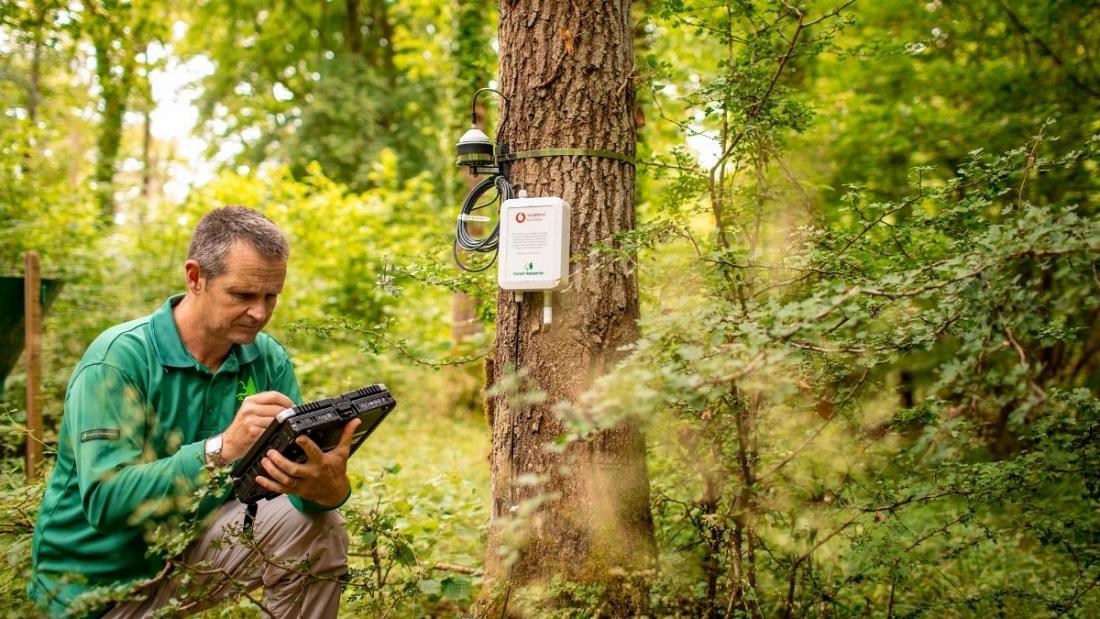
Researchers will look at key metrics like temperature, humidity, tree growth, and soil moisture on an ongoing basis throughout the study, without having to visit the site. Both Defra and Forest Research plan to use the results to inform policy makers and the wider public about the effects tree growth can have on the environment.
In particular, the scientists hope to uncover more on how the trees’ ability to store carbon can be harnessed to mitigate climate change.
Reaching previously inaccessible areas
The research comes after Defra announced plans to increase tree planting across the UK to 30,000 hectares per year by 2025. This scheme will be supported by a recent £640 million (€705m) Nature for Climate Fund, which is set to invest in extensive environmental restoration projects across the country over the next five years.
“Trees are a unique natural resource that play a crucial role in combating the biodiversity and climate crises we face,” says Malcolm McKee, Chief Technology Officer at Defra.
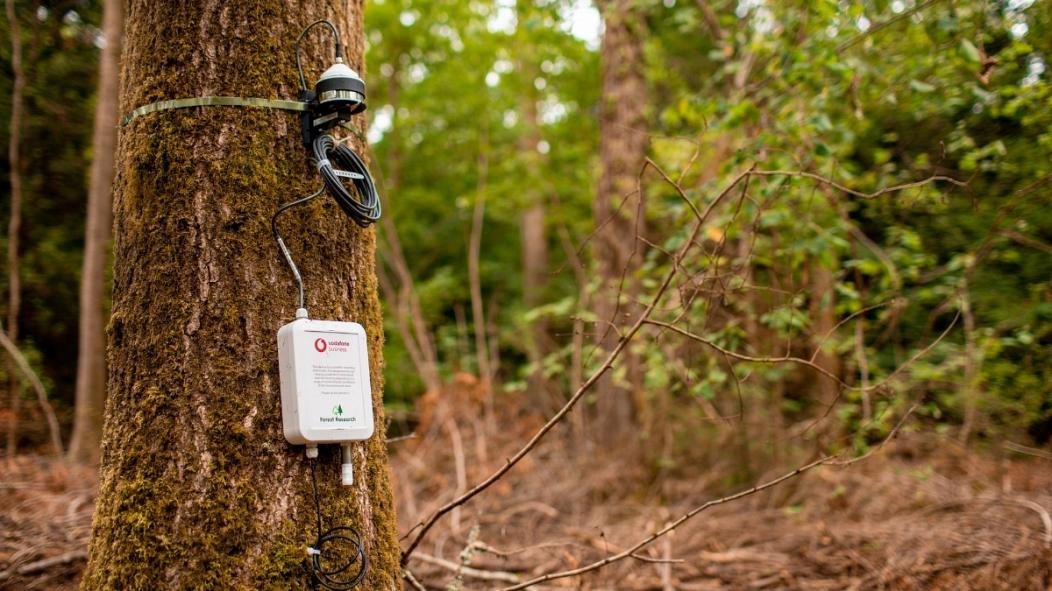
“This exciting partnership uses newly-emerging IoT technologies to improve our understanding of the impacts of environmental change on our nation’s forests, which will help inform our policy making.”
By using IoT technology, the researchers are able to monitor areas of forest which would normally be inaccessible or too costly to reach. McKee explains that this innovative method of transmitting data offers new potentials in forestry research.
See more: IoT ‘Internet of Things’ technology is being used to help trees fight climate change
“Tackling climate change requires radical thinking and our forests will be vital to this,” explains Anne Sheehan, Director at Vodafone Business UK. “Our technology enables us to connect trees and monitor performance, which is a perfect example of how technology can be used in new ways to help create a more sustainable future.”
This is not the only environmental news for Vodafone, as the company recently announced that its entire European network would be powered by 100 per cent renewable energy within the next 12 months.
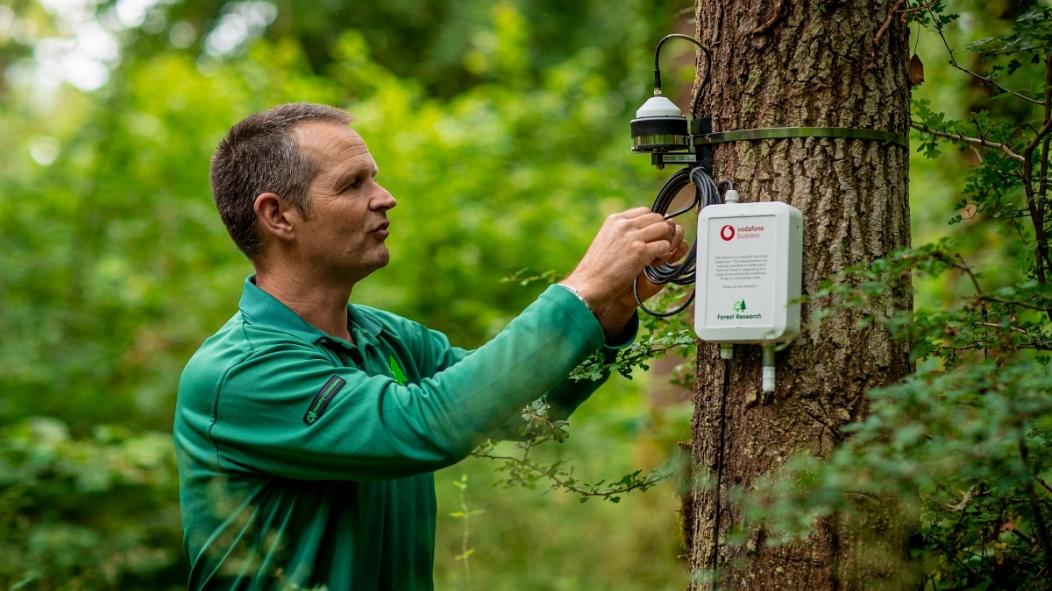
The project could help revolutionise the future of conservation research, opening up new possibilities for how scientists gather and process data. Matthew Wilkinson, a research scientist at Forest Research, says, “the project also will help us gather more data which is critical to targeting efforts to measure the contribution of individual trees to climate change.
“If the trial is successful, we hope it will expand to other areas of environmental monitoring and signify a step change in the amount of data we are able to collect and analyse.”
By Marthe de Ferrer
Daviteq


 Tiếng Việt
Tiếng Việt
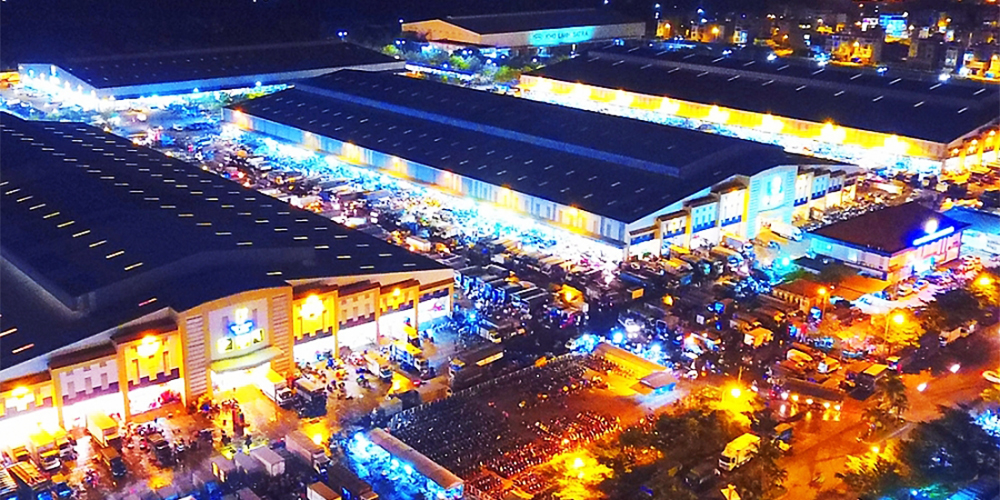
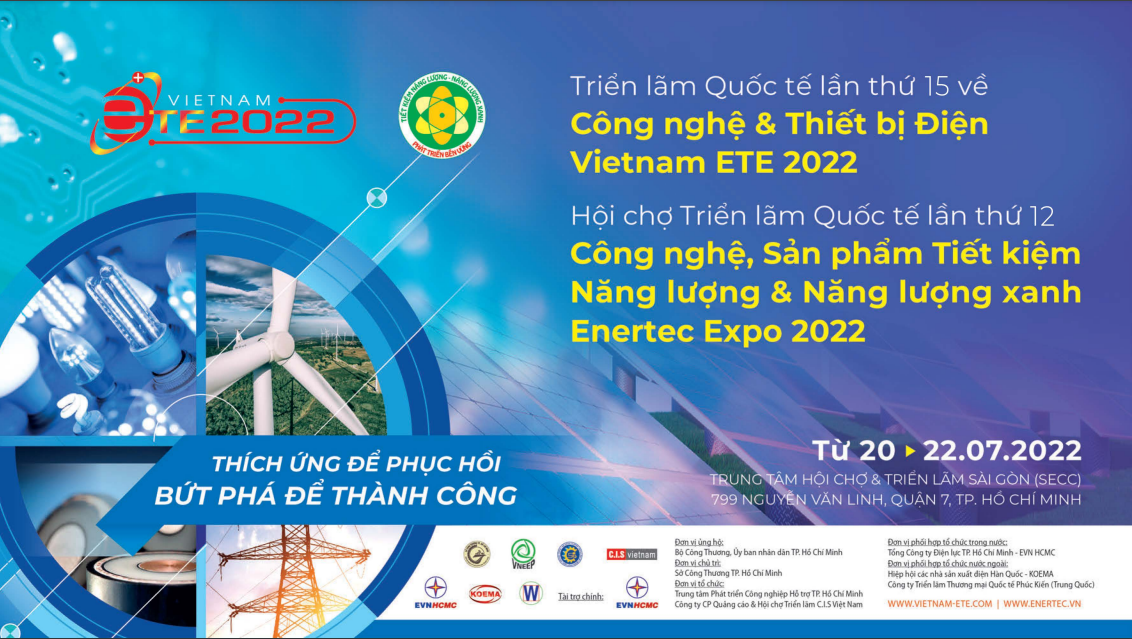
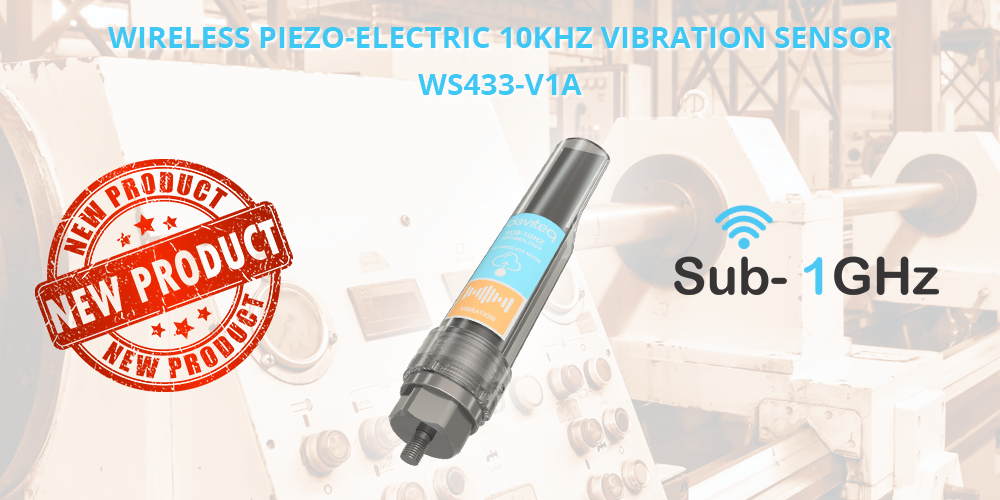
Comments are closed.